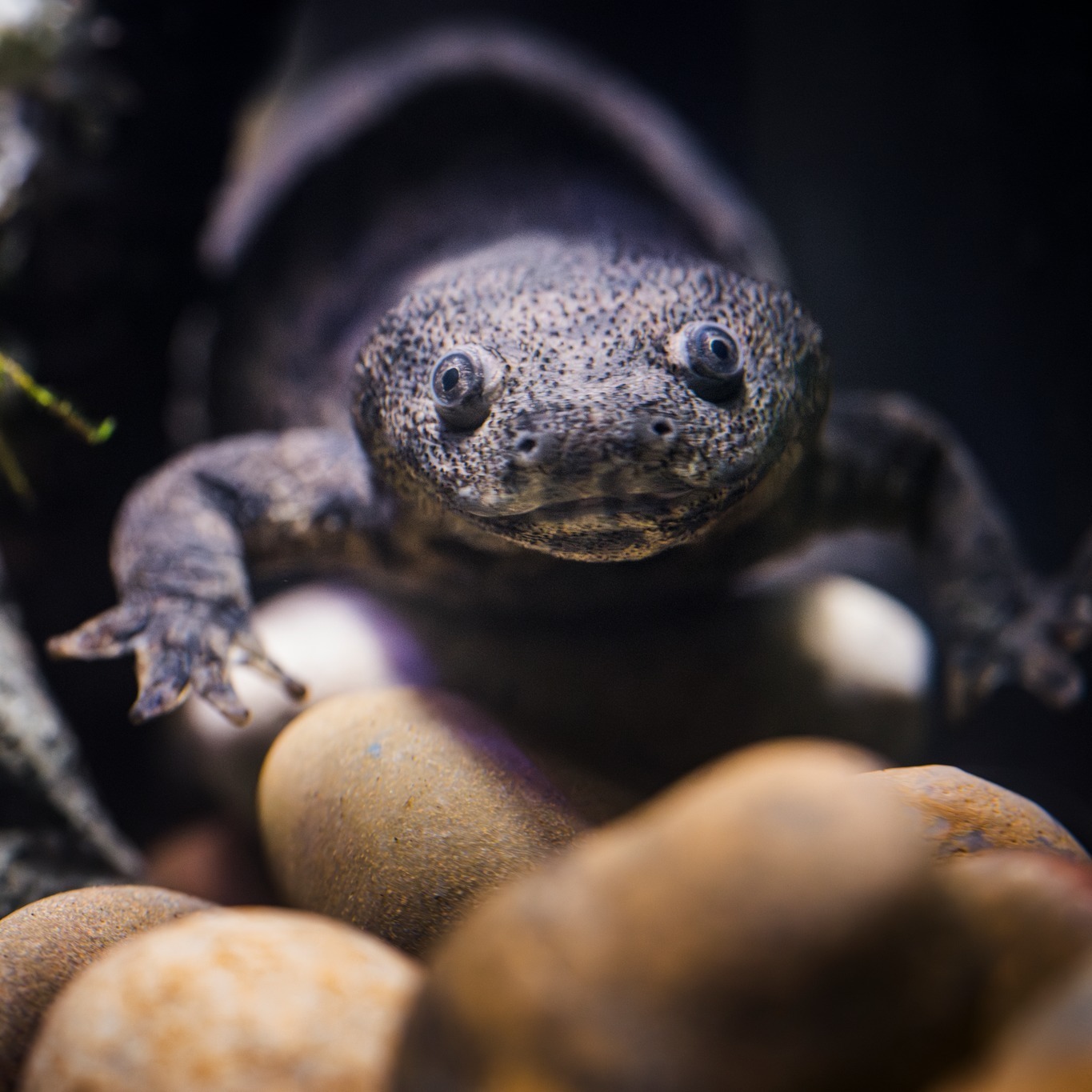- The unique defense mechanism of the Iberian ribbed newt, involving its ribs and toxic secretions.
- The role of the newt’s immune system and skin in its survival strategy.
- The ecological significance and habitat of the Iberian ribbed newt.
- Conservation challenges and efforts concerning this remarkable amphibian.
- The role of zoos and wildlife conservation programs in preserving the species.
The Iberian ribbed newt may appear harmless with its googly eyes and unassuming demeanor, but beneath its skin lies a formidable defense mechanism. This amphibian is possibly one of the most venomous animals studied in zoological settings due to a peculiar adaptation. When threatened, the Iberian ribbed newt can extend its sharp ribs out through its skin in a manner reminiscent of the fictional character Wolverine. These protruding ribs are then coated with a toxic substance, becoming effective weapons against predators.
This defensive strategy relies heavily on the newt’s adaptation to its environment. The toxins secreted onto its ribs are potent enough to deter most predators, ensuring the newt’s survival. Once the threat has passed, the ribs retract back into the body. This process is supported by the newt’s highly developed immune system and regenerative capabilities, allowing them to heal rapidly and continue their daily activities.
The Iberian ribbed newt’s intriguing biology raises several questions about how such a system evolved. It represents a fascinating case of nature’s ingenuity, highlighting the complex interplay of anatomy, chemistry, and behavior.
Understanding the ecological role of the Iberian ribbed newt is essential in appreciating its place in the ecosystem. Found primarily in the Iberian Peninsula and Morocco, these newts inhabit ponds, slow-moving streams, and temporary water bodies. Their presence in an ecosystem can indicate the health of their environment, as amphibians are often sensitive to changes in water quality and habitat conditions.
These newts play a pivotal role in controlling insect populations, as they primarily feed on invertebrates. Moreover, their larvae are a food source for various predators, thereby supporting a balanced food web. Their unique adaptations, along with their ecological role, make them invaluable for environmental monitoring and biodiversity.
However, the Iberian ribbed newt faces significant conservation challenges. Habitat loss due to urbanization, pollution, and climate change threatens their populations. Additionally, diseases like chytridiomycosis, caused by a pathogenic fungus, further endanger these amphibians. Conservation efforts focus on protecting their natural habitats, mitigating pollution, and conducting research to understand their physiology and ecological needs better.
Zoos and conservation programs play a critical role in preserving the Iberian ribbed newt. By developing breeding programs and public education campaigns, these institutions aim to raise awareness about the species and support its survival. Zoos provide a controlled environment to study the newt’s behavior, reproduction, and disease resistance, information that can be vital for developing effective conservation strategies.
Captive breeding programs also contribute to genetic diversity, which is crucial for the newt’s adaptability to changing environments. Furthermore, educational initiatives in zoos help inform the public about the significance of these creatures and foster a sense of stewardship toward wildlife and natural habitats.
In summary, the Iberian ribbed newt is more than its appearance suggests, with its extraordinary defensive mechanisms, ecological importance, and the challenges it faces in a changing world. Conservation efforts, supported by research and public engagement, are vital to preserving this remarkable amphibian for future generations. By exploring the life of the Iberian ribbed newt, we gain insights into the delicate balance of ecosystems and the incredible strategies life employs to thrive.
*****
Source Description
Don’t let the googly eyes fool you—the Iberian ribbed newt may look harmless, but this strange creature possesses a secret weapon that makes it one of the most venomous animals at the Academy.
When agitated or threatened, these newts will poke their razor-sharp ribs through their skin Wolverine-style, coat them in a toxic secretion, and jab potential predators.
Once the danger passes, Iberian ribbed newts simply pop their ribs back inside their bodies, using their robust immune systems & fast-healing skin to move on with their lives. Charming!


